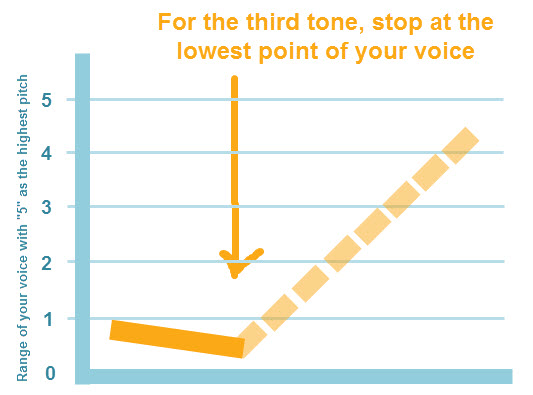Also known as: tone sandhi and 变调规则 (biàndiào guīzé).

Remember, normally you do not write the tone change. We’re just doing it here to make it extra clear.
Here are examples of individual words composed of two third tones:
Chinese We Write We Say English
可以 kěyǐ kéyǐ may, can
有点儿 yǒudiǎnr yóudiǎnr a little (too); somewhat
Here are examples of two simple third-tone words which result in a tone change when combined:
Chinese We Write We Say English
很 好 hěn hǎo hén hǎo very good
很 小 hěn xiǎo hén xiǎo very small
The smart students always ask, “OK, so what happens when there are a bunch of 3rd tones in a row?” This is an excellent question!
In theory, all third tones would become second tone except for the very last one. In practice, such a “string” of third tones doesn’t usually go beyond three in a row. This is because in natural speech multiple third tones in a row will usually broken up by pauses. In this case, the last word/character in each “group” will be pronounced as a third tone.
So, in theory, it would go like this:
3-3-3-3-3-3 → 2-2-2-2-2-3
In practice, it usually goes something like this:
3-3-3-3-3-3 → 2-2-3, 2-2-3
Beginners should not worry about this, as lots of third tones in a row is not super common.
When a syllable in the 3rd tone precedes a syllable in the 1st, 2nd, 4th or neutral tone, It is pronounced in the half 3rd tone, that is, the tone only falls but doesn’t rise!

Why Tone Changes Are Not Written
Normally the tone changes above are not written in the pinyin; you are supposed to just know the rule and apply it if you say the word(s) aloud. The reason for this is that in many cases if the tone change is written, you will be confused as to what the “normal” tone of a character is actually supposed to be. For example, you might wonder, “is this a third tone written as a second tone because it’s followed by a third tone, or is this character always a second tone?” Always writing the original tones solves this problem. But it also means that you really need to know your tone change rules. Learn them well!